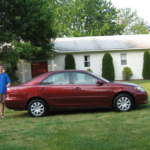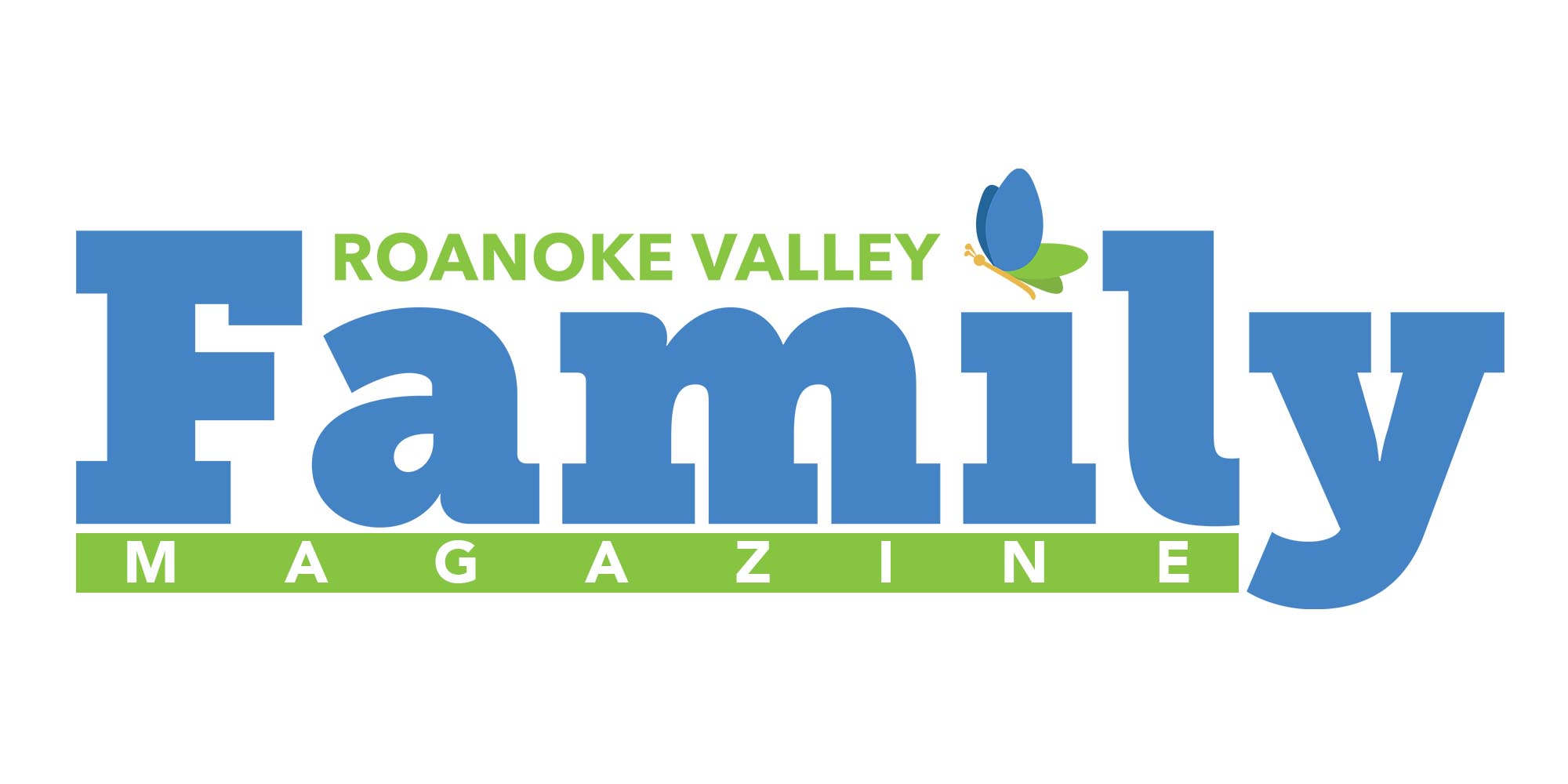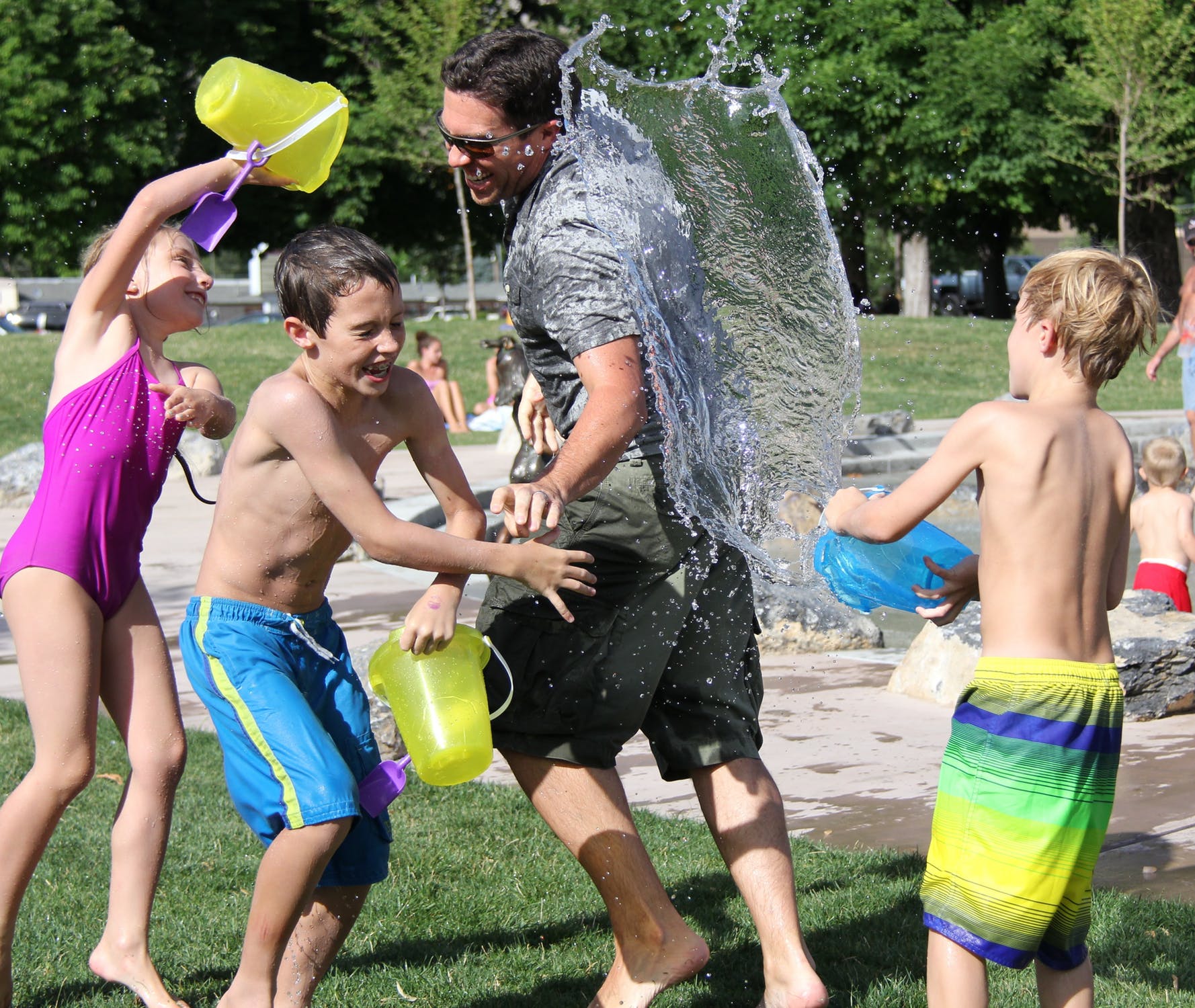American Indian heritage in Roanoke and our home
My kids have been fascinated by the American Indians for years, stimulated by a combination of books, trips, and artifacts. The Indians’ deep connection with nature, their resourcefulness, and the sad story of their vanished way of life seem to strike a chord with my kids, and usually lead to deep conversations. All the Indian books have sad endings… why, Dad? Then we have to talk about a chapter of our country’s history that is full of cruelty, deception, and sorrow. After researching a while, one loses count of how many treaties our government broke with the American Indians.
The history of Roanoke – like many localities – is closely tied to the American Indians. The name of the town itself is derived from a word for the beads the Indians used as trading currency. Roanoke was built on a “salt lick”, a marshy ground that long ago attracted herds of game and the Indians that hunted them. A major Indian trading route ran close by the lick.
And my boys are proving that with a sharp eye, it’s still possible to find Indian artifacts here. A creek runs through our backyard, and especially after a flood (which seems to happen a few times a year), a whole new set of treasures is washed up. The boys spend hours combing through the deposits, usually coming away with cool crystals, bits of glass, and occasionally, items that closely resemble a flint arrowhead or chipping tool. Real Indian artifacts? I’m no expert, but I think so.
Usually these discoveries inspire the boys to rediscover the Indian lifestyle. Sometimes they’ll spend hours chipping their own arrowheads to tie onto their kid-sized wooden arrows. Other times they’ll gather tons of sticks and set up a teepee. Their rabbit snares haven’t worked yet, though.
[Some of my boys’ most-likely-Indian discoveries]
An interesting trove of local Indian artifacts resides in the Virginia Museum of Natural History in Martinsville, unearthed from the Graham-White property in Salem. The discoveries from this site date to about the time of the first Indian contact with European settlers, and provide valuable insight into native life during this time period.
No culture can be idolized; the Indians dealt with the same problems innate to all human societies. Like every people group on every continent, they needed light and grace. Yet in today’s throwaway culture, the Indians’ careful stewardship of resources is something to appreciate. And their deep knowledge of nature – necessary to their survival – reminds me of all the things about the earth that our culture has forgotten. Someday we might need that knowledge again.
What would have happened if there had been more Roger Williamses and fewer Philip Sheridans in American history? We’ll never know; history can’t be done over. But in the meantime, I’ll sit by the creek and imagine the people who might have walked here 400 years ago. …And plant a Three Sisters garden.
More Posts from Tim Carr
- Virginia’s Native Allspice
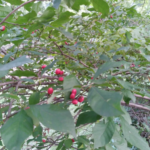
- Wet and Wicked Weather in Western Virginia – Part 3
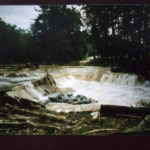
- Virginia’s Earth-shaking Events
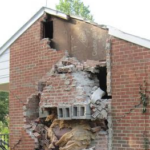
- Roanoke – the Star City Game
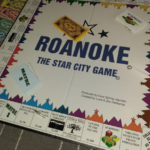
- Saving the Planet, one Semi-Immortal Toyota at a time
